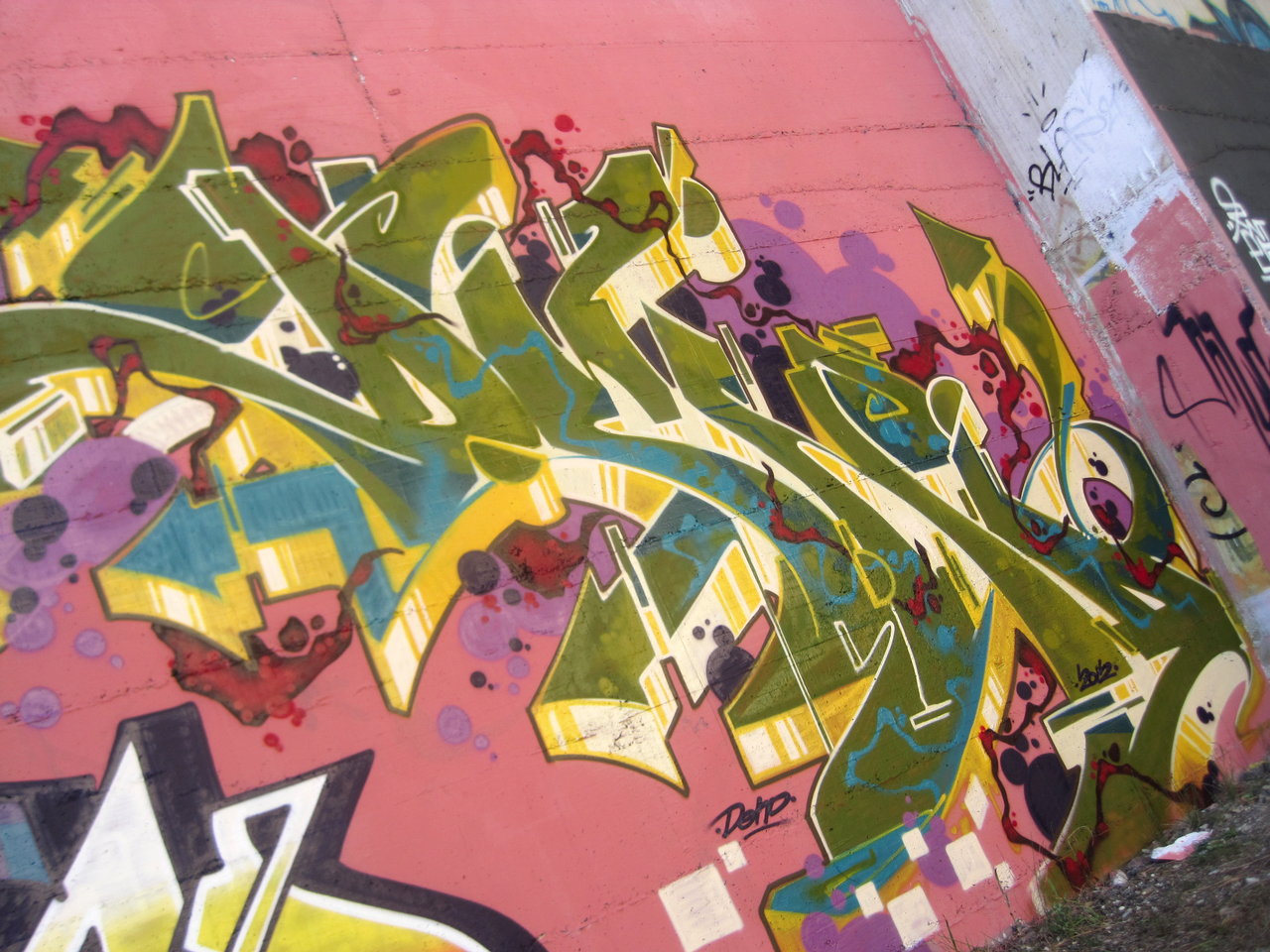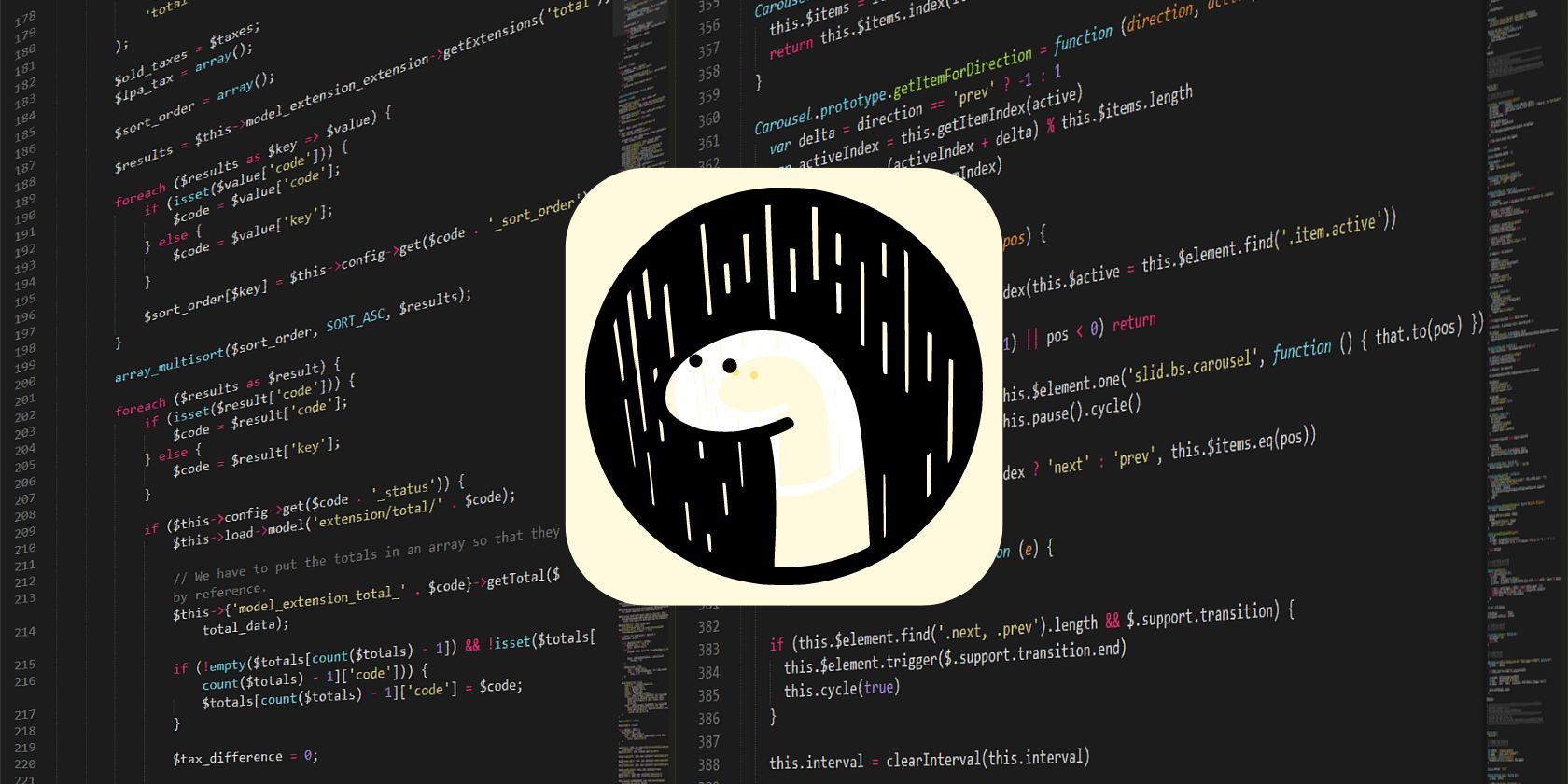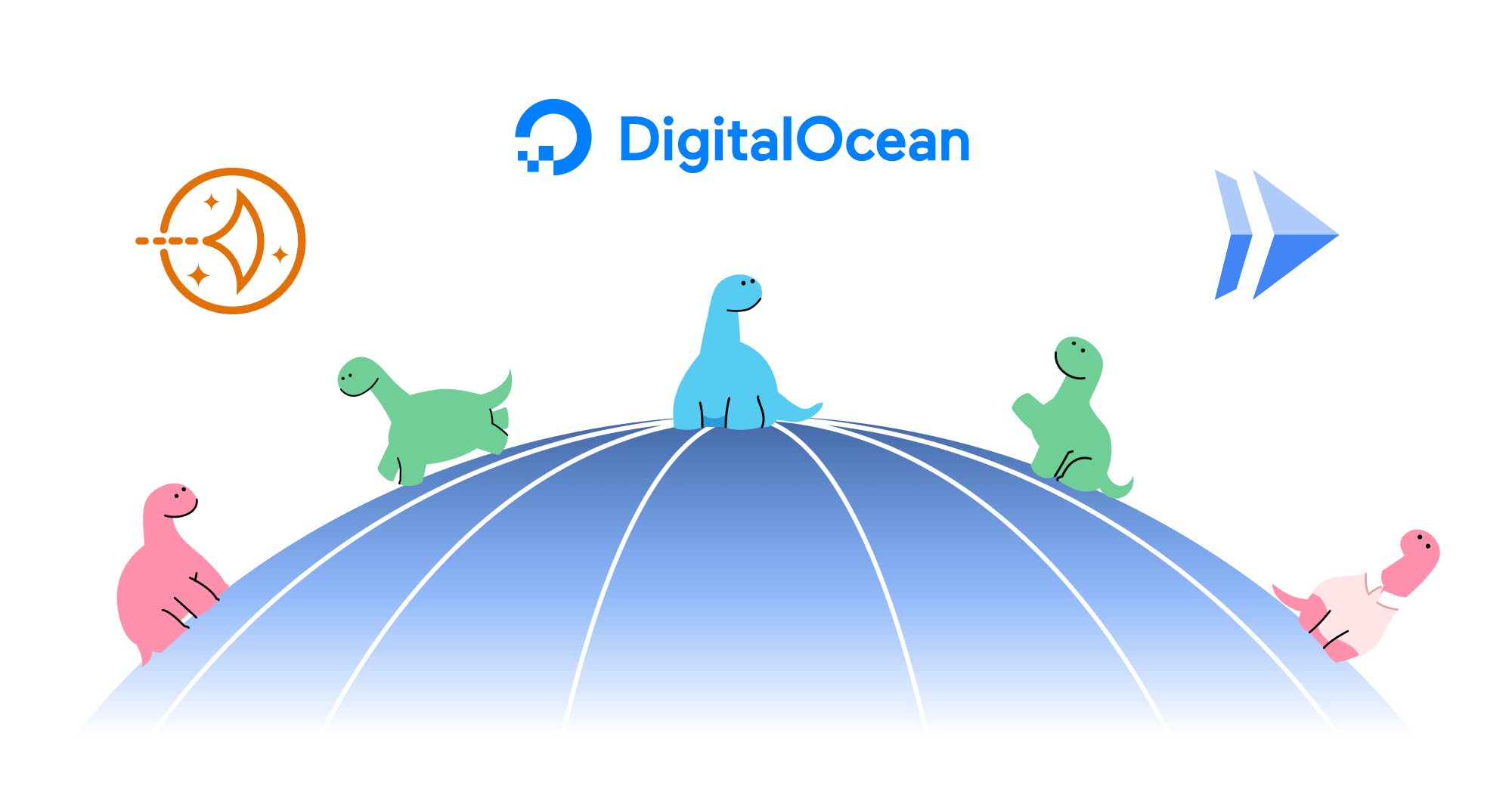- Buffalo Wild Wings Allyou Can Eat
- Ellen Degeneres Lives Where
- Doctor Odyssey Tristan
- Do Meredith And Thorpe Get Married
- Christina Applegate Book 2024
There's been quite a bit of chatter lately about Deno, the JavaScript and TypeScript runtime, and its current standing in the developer community. It's almost as if some folks are wondering if its momentum has, in a way, been 'arrested' or if it's just gathering strength for what's next. This isn't about any kind of legal trouble, to be clear, but more about how this fascinating tool is evolving and what it means for those building things on the web.
You know, for a while now, Deno has been making waves, offering a fresh take on how we run our code outside the browser. It's really a modern platform for JavaScript and TypeScript, promising a more secure and streamlined approach. We're talking about a web framework that's designed for the edge, offering some truly interesting possibilities for building faster, more efficient applications. So, too it's almost a different way of thinking about server-side operations, which is pretty cool.
So, what's the actual story behind Deno's journey? Is it hitting a snag, or is it simply finding its rhythm? We're going to explore some key details about its current state, looking at its libraries, its documentation, and where you can find all the cool projects folks are creating with it. We'll try to get a better sense of what's truly going on with this intriguing piece of technology, and maybe, just maybe, see if anything has truly 'arrested' its progress, or if it's just a pause before a big leap.
- Ashley Everett Husband
- Fbi Most Wanted Cancelled
- Mary J Blige In Power
- Alexei Mentzer Judge Judy Grandson
- Does Deion Sanders Have A Wife
Table of Contents
- Deno's Evolving Story - What's the Latest Buzz?
- The Core of Deno - Is Anything Holding It Back?
- Finding Your Way - Has Deno Arrested Our Learning Path?
- Where Do Projects Live - Has Deno Arrested Our Creativity?
- Compatibility Concerns - Keeping Deno Moving Forward
- New Releases - Deno's Steady March Ahead
- Exploring Deno's Ecosystem - What's Truly Happening?
- Picking Your Path - Is Deno Arrested in Its Choices?
Deno's Evolving Story - What's the Latest Buzz?
When we think about building things on the internet these days, a lot of folks immediately think of JavaScript. And for good reason, it's everywhere. But running JavaScript outside of a web browser has seen some interesting developments over time. That's where Deno comes into the picture, offering what many call a modern runtime for both JavaScript and TypeScript. It's not just another tool; it’s, in a way, a fresh perspective on how we execute code on our machines or servers. You know, it’s about providing a secure environment right from the start, which is a pretty big deal for developers.
This platform, you see, is built with some pretty clear ideas in mind, like security by default and a focus on web standards. It's a bit different from some of the other options out there, which makes it, you know, stand out in its own way. We're talking about a system that aims to make the development process a little smoother, a little more predictable. It’s also got this interesting aspect of being a web framework designed for the edge. This means it’s built to work well in environments where speed and closeness to the user are, like, really important. So, for things like content delivery networks or serverless functions, it offers a pretty compelling choice.
So, when people talk about Deno, they're often talking about its potential to change how we approach web service creation. It’s about building things that are quick, secure, and easy to maintain. It's not just about running code; it's about running code in a thoughtful, forward-thinking manner. You can, apparently, use it to craft all sorts of internet-connected applications, from simple utility scripts to more involved web services. It's, in some respects, a very versatile tool that gives developers a lot of room to create.
The Core of Deno - Is Anything Holding It Back?
Let's talk a bit about what makes Deno tick, particularly its standard library. This is, in essence, a collection of useful tools and functions that come with Deno, making it easier to do common programming tasks. We often hear about how different versions of the Deno standard library play nice with the Deno command-line interface, or CLI. You know, making sure everything works together smoothly is pretty important for anyone building something. It’s like ensuring all the pieces of a puzzle fit together just right.
One thing that’s pretty consistent is that a new, smaller version of the standard library gets released right alongside every new major version of Deno itself. This means that as Deno grows and gets new features, its core set of tools keeps pace. It’s, in a way, a sign of ongoing development and a commitment to keeping the platform fresh and current. This continuous update cycle helps to ensure that developers always have access to the most recent and relevant features, which is, honestly, a good thing for productivity.
So, when we consider if anything is, perhaps, holding Deno back, its core library seems to be moving along quite nicely. The consistent updates mean that the tools you rely on are always getting improvements and additions. This steady rhythm of releases suggests that the project is very much alive and well, constantly being refined and improved for the folks who use it. It's not, you know, sitting still, which is what you want from a modern development tool.
Finding Your Way - Has Deno Arrested Our Learning Path?
For anyone new to a tool, or even for seasoned pros trying to figure out a specific detail, good documentation is, like, absolutely essential. It’s the roadmap, the instruction manual, the place where you go to find answers. So, if you're wondering about Deno, and you're looking for the official Deno documentation, you're in luck. There’s a dedicated spot for all of that information. You know, it’s about making sure that the learning process isn't, in any way, stopped or made difficult.
The place to go for all your Deno learning needs is docs.deno.com. This website is set up to provide a comprehensive resource for anyone wanting to understand how Deno works, from the very basics to more complex topics. It’s designed to be a central hub where you can explore its features, understand its concepts, and get help with your projects. So, it's pretty clear that the creators want to make it as easy as possible for people to pick up Deno and start using it effectively. There's nothing, apparently, that would make your learning journey feel 'arrested' here.
This focus on clear, accessible learning materials is a really positive sign for the Deno community. It means that new people can join in without too much trouble, and experienced users can quickly find the specific details they need. It’s, basically, a commitment to supporting the people who use the tool, which is a very important part of any software project’s success. You know, it helps foster a welcoming environment for everyone.
Where Do Projects Live - Has Deno Arrested Our Creativity?
When you're building things with a new tool, you often want to see what other people are creating, or maybe even share your own work. For Deno, there's a place called Deno.land/x, which acts as a hosting service for Deno scripts. It’s a bit like a community hub where developers can put their creations for others to find and use. This kind of shared space is, you know, pretty important for a vibrant ecosystem. It helps people discover new ideas and get inspiration for their own projects.
These hosted scripts have, in fact, been integrated directly into the main deno.land website, with links that make them easy to find. This means that when you’re looking around the official Deno site, you’re also seeing what the community is building. It’s a seamless way to connect users with the actual, practical applications of Deno. This kind of integration really helps to make the whole experience feel connected, ensuring that your ability to find and share cool stuff isn't, in any way, 'arrested'.
The ability to discover and share your favorite Deno projects is a big part of what makes the platform appealing. It encourages collaboration and allows ideas to spread quickly among developers. So, if you've got a neat script or a useful module, you can put it out there for others. And if you're looking for something specific, chances are someone else has already built it and shared it. It’s a pretty open and collaborative environment, which is, basically, what you want when you’re trying to foster creativity.
Compatibility Concerns - Keeping Deno Moving Forward
Thinking about software, one thing that often comes up is how different pieces work together. This is especially true for something like Deno, which has its main application and then a separate standard library of tools. It’s important to understand the compatibility of different versions of the Deno standard library and the Deno command-line interface. You know, making sure that when you update one part, the other part still functions as it should. This kind of alignment is, in a way, a cornerstone of stable development.
Developers often want to know that their existing code won't suddenly break when a new version of the runtime or its libraries comes out. So, knowing that there's a clear understanding of how these different pieces fit together, version by version, gives a lot of peace of mind. It’s about ensuring a smooth experience for everyone who relies on Deno for their work. This ongoing attention to compatibility helps to keep the entire system moving forward without too many unexpected bumps along the way.
This careful approach to compatibility means that, for the most part, you can feel confident when updating your Deno setup. It’s not like you’re constantly having to worry about things falling apart. The developers are, apparently, putting in the effort to make sure that the various components remain in harmony. This focus on stability is, in some respects, a very important factor for any tool that people use for serious development work.
New Releases - Deno's Steady March Ahead
One clear sign of a lively and active software project is its release schedule. With Deno, we see that a new minor version of the standard library is published at the same time as every new version of the main Deno runtime. This consistent rhythm of updates is, you know, pretty reassuring. It means that the platform is always getting fresh features, performance improvements, and bug fixes. It’s a continuous process of refinement and growth.
This synchronized release pattern for the core runtime and its standard library is, basically, a smart way to manage development. It ensures that the tools developers rely on are always up-to-date with the latest capabilities of the runtime itself. So, you don't end up with a situation where the core system has new features but the accompanying tools haven't caught up yet. It's, in a way, a very cohesive approach to software evolution.
The steady stream of new versions shows that Deno is very much in active development. It’s not a project that's just sitting idle; it's constantly being worked on by a dedicated team. This kind of consistent progress is, honestly, what helps a platform stay relevant and useful in the fast-moving world of software creation. It means Deno is always adapting and improving, which is what you want for a tool you're building with.
Exploring Deno's Ecosystem - What's Truly Happening?
Beyond the core runtime and its standard library, a big part of any software project's life is its surrounding ecosystem. This includes all the different projects, modules, and applications that people build using the tool. With Deno, you can discover and share your favorite Deno projects, which really speaks to the collaborative spirit of the community. It’s a place where people can showcase their work and find inspiration from others.
This ability to easily share and find projects helps to build a strong network of users. It means that if you're looking to do something specific with Deno, chances are someone has already started on it, or perhaps even finished it. This kind of shared resource pool is, you know, incredibly valuable for speeding up development and fostering new ideas. It’s about more than just the code; it’s about the people who use it.
So, when we ask what’s truly happening with Deno, a big part of the answer lies in this vibrant community and the many projects being created within it. It’s a testament to the platform's utility and its appeal to developers. The ease with which projects can be hosted and discovered means that the collective effort of the community is, basically, always growing and becoming more accessible.
Picking Your Path - Is Deno Arrested in Its Choices?
When you're getting involved with any new technology, or even an established one, you often have choices to make about how you use it. For Deno, there's a general idea of being able to choose the plan that suits you. While this might refer to a website subscription or a specific service, it can also be thought of in terms of how you decide to engage with Deno itself. Are you going to use it for a small script, a large web application, or something else entirely?
The flexibility of Deno, as a modern runtime for JavaScript and TypeScript, means that it can be applied to a wide range of tasks. You know, whether you're building a simple command-line tool or a complex web service designed for the edge, Deno offers a foundation. This variety of uses means that your choices aren't, in any way, 'arrested' or limited. You have a lot of freedom to decide how you want to put Deno to work for your specific needs.
So, really, the path you take with Deno is pretty much up to you. You can explore its documentation, check out the various community projects, and then figure out how it best fits into your own development workflow. This freedom of choice is, in some respects, a very appealing aspect of the platform. It's about empowering developers to build what they want, how they want, without feeling constrained.
- Abby And Brittany Hensel Died Today
- Giuliana Ford
- Did Shaquille And Kirsten Stay Married
- Alexei Mentzer Judge Judy Grandson
- 911 Cast New Season


